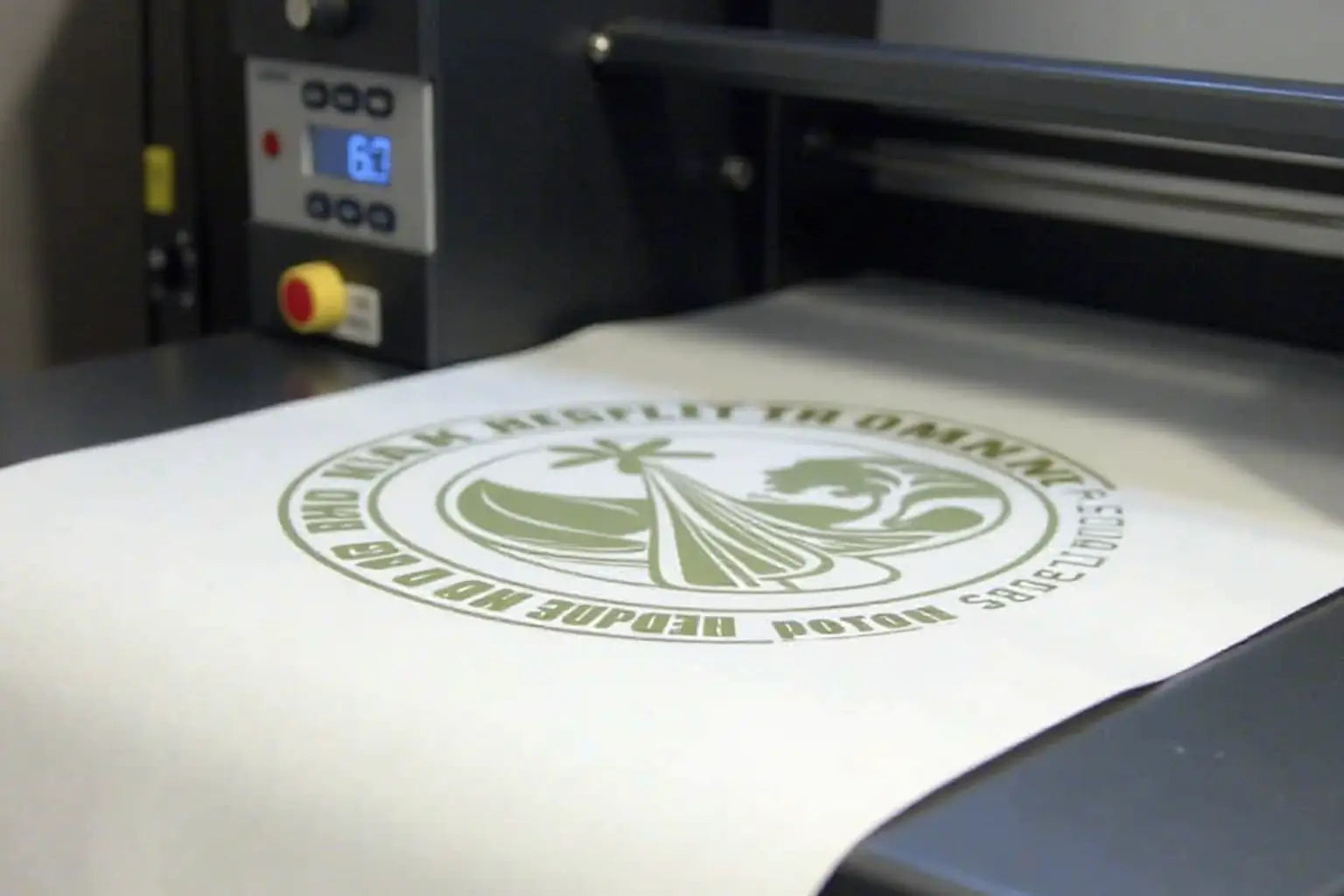DTF printing can be excellent—those bold colors, crispy lines, the whole nine yards. However, your setup must be perfect; otherwise, you’re just asking for trouble. People spend hours finding the ideal ink or tweaking printer settings, but honestly? There’s a sneaky little troublemaker nobody wants to talk about: the room you’re printing in. The temperature and humidity can lead to warped film, ink spitting everywhere, powder refusing to melt, clingy static, or washed-out prints. In this post, we’ll discuss what doesn't work in terms of DTF printing temperature settings and how to avoid quality issues.
Most DTF disasters—powder not curing, white ink turning into cottage cheese, colors looking dull—trace back to the room. So, let’s break down how temp and humidity mess with your DTF game, and what you can do before you rage-quit your next print run.
Key Considerations for DTF Printing Temperature Settings
1. DTF Printer Room Temperature: The Silent Wrecker
Your printer’s picky about temp. It prefers a steady temperature, like 68–77°F (or 20–25°C). In a cold workspace, ink turns into sludge and clogs print heads. Too hot? Ink runs thin, colors bleed, and images shift. And if your room swings from cold to hot, your nozzles can produce irregular prints in every press. The DTF printer room temperature should never be a guessing game—consistency keeps your prints tight.
2. Humidity: Ink’s Frenemy
Too much humidity in the room won’t let ink dry—it smudges, it bleeds, it ruins your prints. Too little moisture, on the other hand, and your ink can dry mid-air, clogging everything up. Either way, your print bears no resemblance to its original design. Humidity effects on DTF printing are no joke; you can waste both time and money. Try to maintain humidity levels between 40% and 60% by using a humidifier or a spray.
3. Powder + Moisture = Bad News
DTF powder should be stored in a dry location. High humidity turns it into a clumpy mess that won’t cure right. That’s how you get brittle prints or those patchy transfers. If you’re dealing with moisture problems in DTF printing, store your powder sealed, and if your location is muggy, get a dehumidifier as soon as possible. Otherwise, you’ll be tossing more than you keep.
4. Storing Your DTF Film
Too much humidity can cause the DTF film to curl or warp, jam up your printer, or collect dust, which can not only clog the print heads but also end up in the prints. The proper storage temperature for DTF films is cool and dry, with minimal moisture. DTF films can expire, so ensure that their storage is your top priority during the printing process.
5. Static Cling: The Dry Air Menace
When your room’s dry, static takes over. Your film turns into a lint collector or shifts when you try to peel it. Result: ghosting, ugly textures, and inconsistent design. Most DTF print quality issues linked to ghosting can be attributed to inadequate humidity control. Always use anti-static spray before you start.
6. Powder Curing
If your oven or heat press can’t hold a steady temp, it’s time to take action. Under-cured powder flakes right off, over-cured film warps too quickly. You want a temperature between 250–265°F (120–130°C) for 2–3 minutes, with no variation. Heat press temperature fluctuations are a hidden killer—invest in a laser thermometer that’ll tell you the exact temperature. It’s worth it.
7. Heat Press Pressure & Room Temp
The temperature of your workspace matters more than you might think. If the room is cold, your garments stay cold too, and when they hit the heat press, they absorb a lot of that heat, throwing off the balance. Maintaining a consistent, moderate room temperature can significantly impact the quality of your work. Therefore, pay close attention to temperature and humidity in heat pressing.
8. Store Your Stuff Like It Matters
Remember that your ink, film, and powder aren’t just miscellaneous supplies to be stored away like old holiday decorations. Exposing them to extreme temperatures—such as the heat of an attic or the cold of a shed—can compromise their quality. Avoid DTF transfer warping by treating your supplies with the care and attention they deserve. Controlled climate, always.
9. When the Weather Flips, So Does Your Print Game
DTF printing environment conditions are seasonal. Temperature and humidity shifts can throw things off more than you’d expect. A simple, budget-friendly hygrometer and thermometer can help you monitor your environment on a day-to-day basis. Learning how to control humidity in print shop setups is a long game, but it's your best defense against sudden disasters.
10. Take Notes or Suffer Later
Follow DTF printing troubleshooting tips before applying transfers to your merchandise. Tracking your shop’s temperature and humidity every day might not sound exciting, but it’s one of the smartest habits you can build. When a print goes wrong, you’ll have real data to help figure out what happened, instead of just blaming the printer.
Why Music City DTF?
We get it—print room chaos is a real thing. That’s why our films, powders, and adhesives are built to hold their own, even when your shop conditions aren’t ideal. We don’t just ship supplies—we help you troubleshoot and level up your workflow. Want to see the difference? Get a free sample pack and color chart and start testing print quality today!
Final Thoughts
The environment matters. Your workspace isn’t just a backdrop—it’s the battleground. Lock in the best temperature for DTF transfers, monitor your humidity, and take your space as seriously as your gear. The best equipment can only do so much if your conditions are inconsistent. Stable DTF printing temperature settings and controlled humidity lead to consistent results, fewer misprints, and way less stress. Therefore, ensure your environment is as well-tuned as the rest of your setup.





